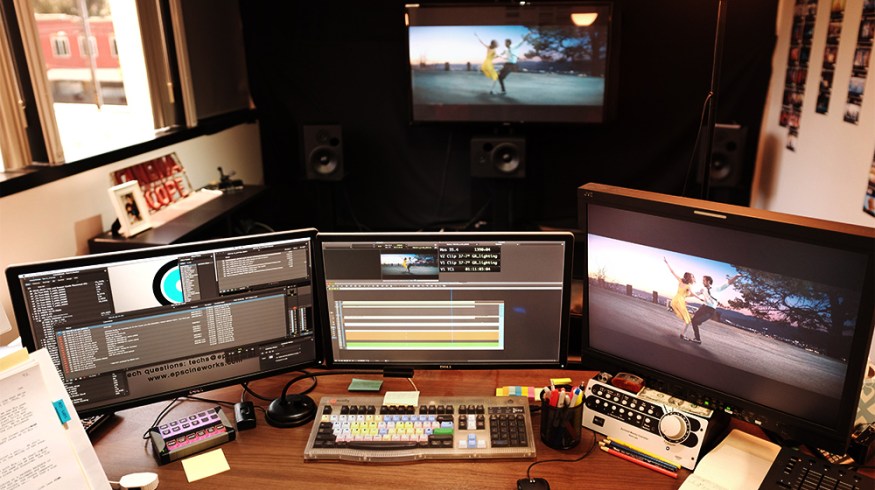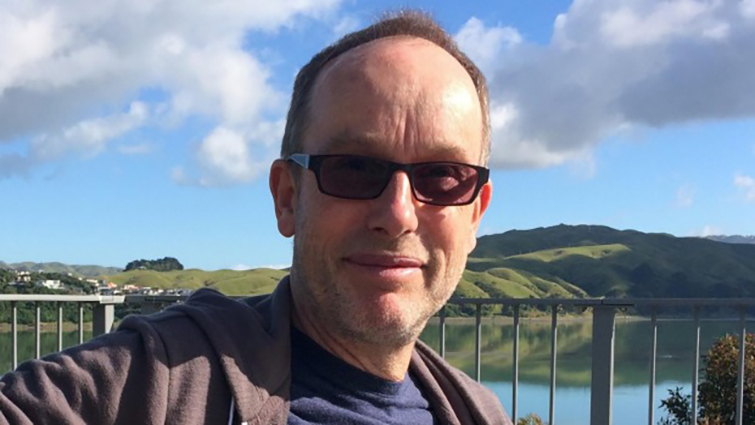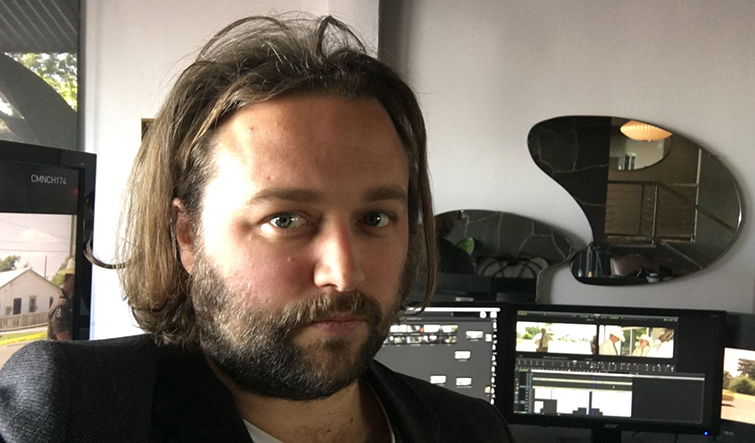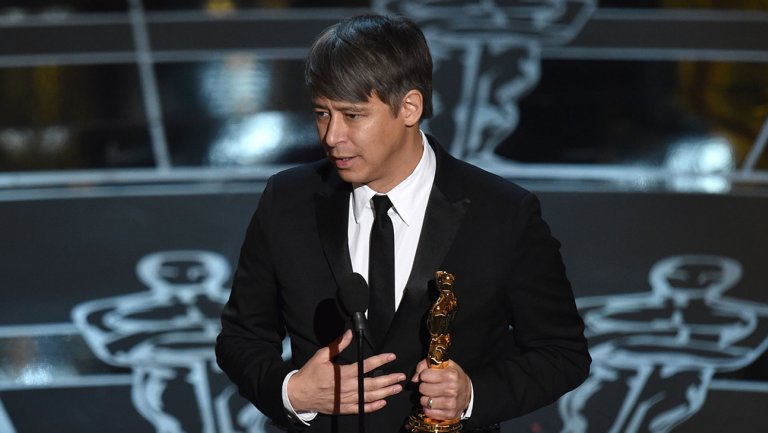
Insight From 2017’s Film Editing Oscar Nominees
Get to know 2017’s Oscar-nominated film editors as they discuss the challenges of cutting everything from high-brow sci-fi to old-school song and dance.
Cover image via ProVideo Coalition
Some say the most important part of what makes a film truly great is not the director, the studio, or the big name stars — it’s the post-production process. Just ask any editor. They’ll likely tell you the same.
Film editors may not get the attention on the red carpet, but it’s a well-known industry fact that film editing can make or break a movie. The old adage of “when it’s done well, you hardly notice it” gets thrown around a lot, and while the adage certainly rings true, I assure you there are moments within each of these Academy-nominated films that will make any aspiring video editor rewind and rewatch again and again.
Let’s meet this year’s nominees, admire their amazing work, and get a peek behind how they worked their craft.
Arrival — Joe Walker

Image via ProVideoCoalition
While Amy Adams may have been snubbed for best actress for her role in Arrival, Joe Walker was an obvious nomination choice and is perhaps the frontrunner to win the category.
Honing his chops editing for television and the BBC, Walker has worked his way up in Hollywood as a partner of Arrival and Sicario director Denis Villeneuve, a partnership that continues on the upcoming Blade Runner 2049. In an interview with Deadline, Walker gives insight into the challenges and freedoms of working on a project which featured CGI aliens.
We set about telling the story in the most powerful way we could and what was at our disposal was quite a considerable amount of freedom. There’s the freedom of the aliens, for example. All I had to work with from set was a blank screen. Sometimes there would be a guy in a green latex suit holding a pole with a ball on it — never a good look — and it was of no help to me in terms of timing.
We had the freedom between all those three worlds — we had to construct all those screens and television news reports, and write news articles and pick archive, and just feather that story in.
Many things were just grabbed moments that were sort of very emotive and beautiful, a hand touching a baby’s hand in a cart, or an out-of-focus shot of a horse in a stable. They could have gone anywhere. Trying to build that into the narrative and marble this narrative through with these little glimpses of a memory, if you like.
You can also watch a podcast interview (below) from Cinema Pla’net in which Walker talks about his career and working on Sicario.
Hacksaw Ridge — John Gilbert

Image via Stuff
John Gilbert is a New Zealand-based film editor who is perhaps best known for taking on the enormous task of editing the first Lord of the Rings film, The Fellowship of the Ring.
His work can be seen as paving the way for the cinematic editing style of the rest of the series. He has since established himself within the action and adventure genres with The November Man and the upcoming Sean McNamara vehicle, The King’s Daughter.
When talking about some of the nuances of editing in an excellent interview on the Art of the Cut, Gilbert gives some terrific insight into how he used eye contact as a way to build scenes and define characters in Hacksaw Ridge.
I think the moments of eye contact between characters are very important. Finding those moments of connection and using edits to emphasize them – or otherwise, if the story requires it – is part of making the drama work.
With modulating performance, most good actors and directors will know where they’re going. A good story will build pressure on characters that will escalate as it progresses, and that will force characters to reveal who they really are. And there’s nothing like a war story to put a character under the most severe pressure, like Andrew Garfield in Hacksaw Ridge. That’s when you see who he really is.
Hell or High Water — Jake Roberts

Image via The Editor’s Guild
After starting in corporate and commercial editing, Roberts bounced around between London and Glasgow chasing his dream of being a director. He found his first brushes with film and video editing success with the breakthrough hits The Riot Club and Brooklyn.
In an interview with Film Doctor, Roberts gives insight into the brave new world which digital editing offers in terms of digital adjustments and storytelling dimensions.
For an editor, I’m remarkably untechnical. 95% of what I do is in my head but of course you need to be able to translate that to the screen, so I’ve certainly picked up some tricks along the way.
It’s only been recently that I’ve fully discovered the extent to which you can digitally alter the rushes to suit your needs. So for example you can have an actor say a line in a shot but you don’t want them to say their next line of dialogue (either it no longer fits the story or simply isn’t necessary), in the past that would force me to cut to a different shot, potentially now we can digitally freeze their mouth so we can hold the shot but lose the line. There are lots of digital adjustments like this that we are now able to make which add dimensions to your choices as a storyteller.
La La Land — Tom Cross

Image via Hollywood Reporter
One of the most celebrated elements of La La Land’s recent success is the tight-knit trio of relatively new and unknown director, composer, and editor — Damien Chazelle, Justin Hurwitz and Tom Cross. Cross spent most of his early career as an assistant editor before becoming an Oscar-winner for his work on Chazelle’s Whiplash.
With a growing speciality in music-centric edits, Cross talks about how to edit to the beat while working with Chazelle on both Whiplash and La La Land.
It is an editor’s dream, in a lot of ways, because you have music, which is creating certain rhythm, and people have certain expectations about how that sound is going to relate to picture. It’s fun to be able to play with that. In the case of Whiplash, the directive was to tell a story, a lot of the story, at a break neck pace, and with a certain amount of precision. As if the character of Fletcher was editing the movie itself.
In the case of La La Land, Damien had similar directives for the editing. They were kind of different. He had different styles that he wanted to do scenes. For La La Land, he used certain romantic scenes that would play out at a slower pace, and maybe less cuts. He knew that in order for that to really work and have the right emotional impact, he would have to offset that in other scenes. Other scenes have quick cutting, or fast cutting, or are told with dissolve, or other optical techniques. I think that something that excites me about Damien’s work is that he really looks at how editing can help tell the story.
You can also watch Cross talk more in depth about his cinematic editing decisions, homages, and workflows in a conversation with Glenn Garland for the American Cinema Editors channel below.
Moonlight — Nat Sanders and Joi McMillon

Image via Indiewire
Moonlight editing collaborators Sanders and McMillon are already a historic team, as Joi McMillon is the first ever African American woman to be nominated in the category.
It’s also quite notable for being one of the few situations where a film is aided by dual editors, as it’s so distinctively broken into separate sections.
When talking about the shared process in an interview on The Moveable Fest, Sanders and McMillon share how they were able to work.
Nat Sanders: Neither of us had done it, but we had been working together for several years. Joi would take some scenes and I would take some scenes when we were assembling, and the way it was working out it just seemed I was cutting more scenes from the first two stories and Joi was cutting more from the third story, so after the assembly was together and Barry came in and started working with us, we just split it up. I stayed working on the first two stories and Joi took the third story and we separated it that way.
Joi McMillon: When we first did it, we were just going scene by scene and then when we watched it all together, we found there’s a rhythm and flow in one section that needed to be applied to the second act or vice versa.
You can also watch a longer interview with the two on DP/30: The Oral History Of Hollywood channel on how they were able to break into the industry and work together so well.
Who is your pick for best film editor in the Oscars? Let us know in the comments.





